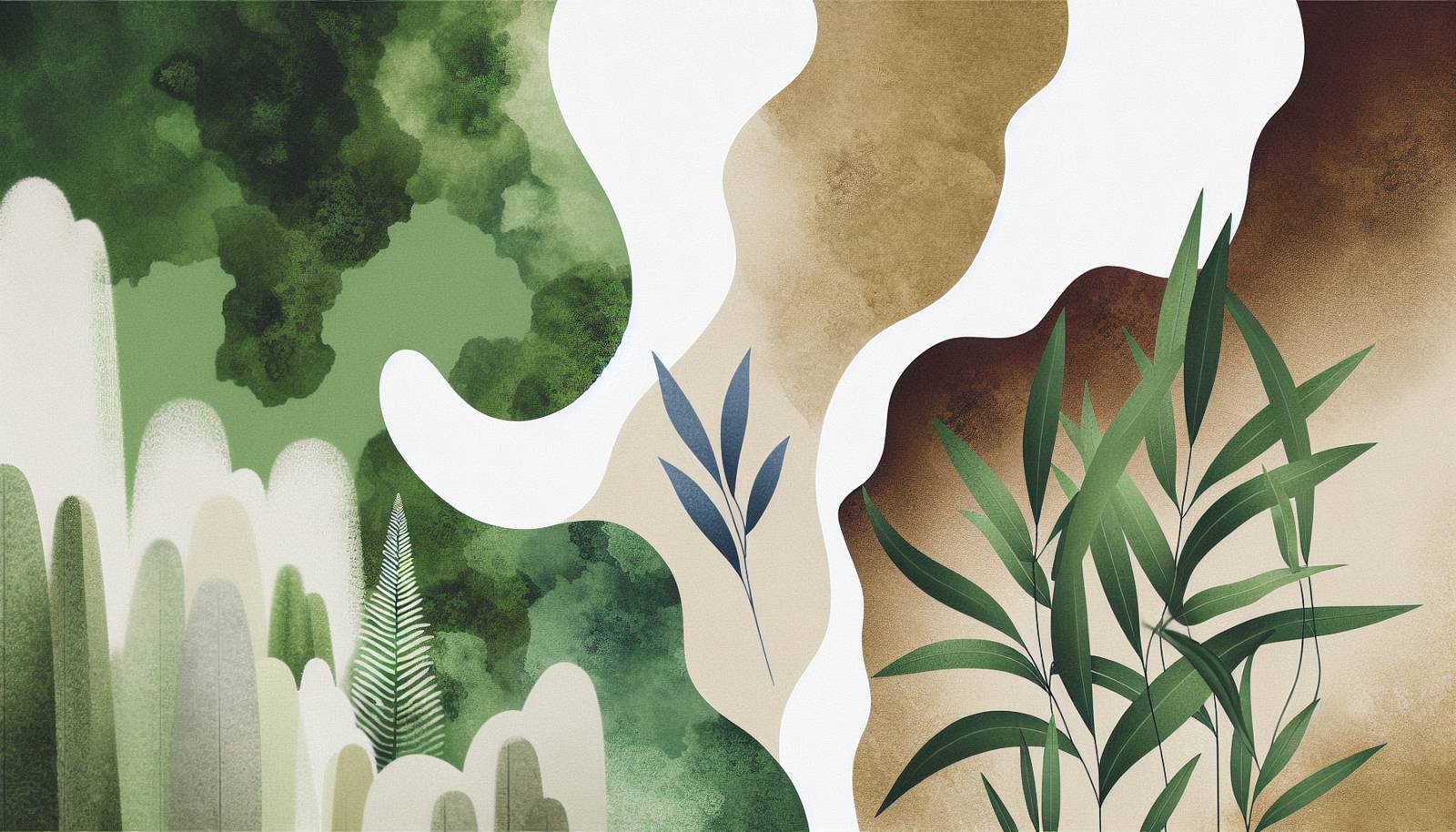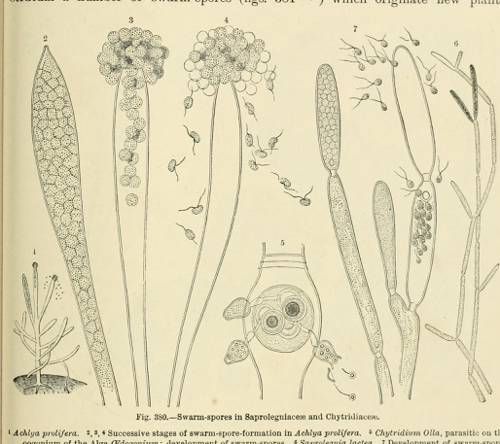
FAQ About Indoor Plant Lifecycle Staging

What are the main stages of an indoor plant's lifecycle?
The lifecycle of an indoor plant typically includes several stages: germination, seedling, vegetative growth, flowering, fruiting, and dormancy. Each stage has specific needs and characteristics. Germination involves the sprouting of seeds, seedlings develop small plants, vegetative growth focuses on leaf and stem development, flowering is when blooms appear, fruiting may occur in some plants, and dormancy is a resting period when growth slows down.

How can I support my indoor plant during the germination stage?
To support indoor plants during germination, ensure seeds are planted in well-aerated, moist soil. Maintain a warm environment, ideally between 65-75°F (18-24°C). Provide sufficient light, either natural or artificial, and water carefully to keep the soil consistently moist but not waterlogged.

What care does a seedling require indoors?
Seedlings require ample light, which can be achieved through a sunny windowsill or grow lights if natural light is insufficient. Maintain appropriate humidity and temperature, and water them regularly to keep the soil slightly moist. Avoid overwatering, which can lead to root rot.

What is vegetative growth in indoor plants?
During the vegetative growth stage, indoor plants focus on developing stems, leaves, and roots. This phase emphasizes building a strong structure to support later stages like flowering. Adequate water, nutrients such as nitrogen-rich fertilizer, and light are crucial to encourage robust growth.

How do I know when my indoor plant is ready to flower?
Signs that an indoor plant is ready to flower include the development of flower buds, increased size, and sometimes changes in leaf color. Environmental cues, such as temperature shifts and light duration, can also trigger flowering. Monitor these signs and adjust care accordingly, providing the right nutrients and light conditions.

What should I do if my indoor plant is not flowering?
If an indoor plant is not flowering, consider factors like insufficient light, incorrect temperature, or poor nutrition. Ensure your plant receives adequate light and that the environment mimics seasonal changes that may encourage flowering. You might need to adjust feeding schedules or types of fertilizer used.

How do indoor plants go through fruiting?
Indoor plants that fruit follow the flowering stage, where pollination must occur. Some plants are self-pollinating, while others may require assistance such as hand pollination. Proper care involving adequate light, water, and temperature is crucial during this time to support the development of fruits.

What are the signs of dormancy in indoor plants?
Dormancy in indoor plants is characterized by a slowed growth rate, yellowing or dropping of leaves, and reduced water uptake. It typically occurs in response to seasonal changes in light and temperature. This is a normal process and plants require less water and no fertilization during dormancy.

How can I care for an indoor plant during its dormant stage?
During dormancy, indoor plants need reduced watering to prevent overwatering. Relocate them to cooler, brighter locations if necessary, and stop fertilizing until active growth resumes. This period of rest is essential for their health and future growth.

Is it normal for indoor plants to lose leaves during dormancy?
Yes, it is normal for some indoor plants to lose leaves during dormancy as they conserve energy. Leaf drop varies among species; however, dramatic leaf loss might indicate issues such as improper watering or environmental stress, which should be corrected.

What types of indoor plants have noticeable lifecycle stages?
Plants like orchids, succulents, and geraniums showcase noticeable lifecycle stages, including flowering and dormancy. Each type has unique requirements for water, light, and nutrients at different stages, which are key to successful growth and blooming indoors.

Can changes in light affect an indoor plant's lifecycle stages?
Yes, changes in light can significantly affect an indoor plant's lifecycle. Adequate light is vital for all stages, from germination to flowering. Inadequate or excess light can hinder growth or delay flowering, so it's important to monitor and adjust lighting according to each stage's needs.

How often should I water my indoor plants at different lifecycle stages?
Watering needs can vary by phase. During germination and seedling stages, keep the soil consistently moist. Reduce watering during vegetative and flowering stages depending on the plant species. Significantly reduce watering during dormancy to prevent root rot.

What role do nutrients play throughout an indoor plant's lifecycle?
Nutrients are essential at every stage of a plant's lifecycle. Nitrogen encourages leafy growth, phosphorus supports root development and flowering, and potassium aids overall health and fruiting. Adjust and tailor fertilizer use to meet specific stage requirements.

How can temperature changes impact the lifecycle stages of indoor plants?
Temperature variations affect plant growth processes, influencing metabolic rates and hormonal signals. Warmer temperatures generally accelerate growth and flowering phases, while cooler temperatures may trigger dormancy. Ensure temperature adjustments reflect natural seasonal changes to promote healthy growth at each stage.

Are there any common misconceptions about indoor plant lifecycles?
A common misconception is that all indoor plants have the same care needs throughout their lifecycle. In reality, each phase requires careful adjustments in watering, lighting, and feeding. Additionally, not all indoor plants have distinct flowering and fruiting stages.

Why might an indoor plant skip a lifecycle stage?
Factors such as improper lighting, nutrition, or environmental stress can cause an indoor plant to skip a lifecycle stage, such as flowering. Ensuring optimal conditions and mimicking natural cues as much as possible can help prevent disruptions in the plant lifecycle.

Can pruning influence an indoor plant's lifecycle?
Pruning helps manage plant size and remove dead or diseased parts, potentially influencing growth and flowering stages. Pruning can encourage bushier growth during the vegetative stage and is useful for shaping the plant, although it may temporarily stress the plant if done excessively.

How do I transition my indoor plant from one lifecycle stage to another?
To transition your indoor plant between lifecycle stages, gradually adjust the environmental conditions such as light, temperature, and watering schedules. Carefully introduce fertilizers as needed, and monitor the plant for signs of stress which could indicate a need for further environmental adjustments.

Do all indoor plants enter dormancy?
Not all indoor plants experience dormancy. Some tropical species, for instance, may continue growing year-round if conditions are stable. However, many temperate plants rely on dormancy to recuperate energy for future growth, so understanding your specific plant's needs is essential.
